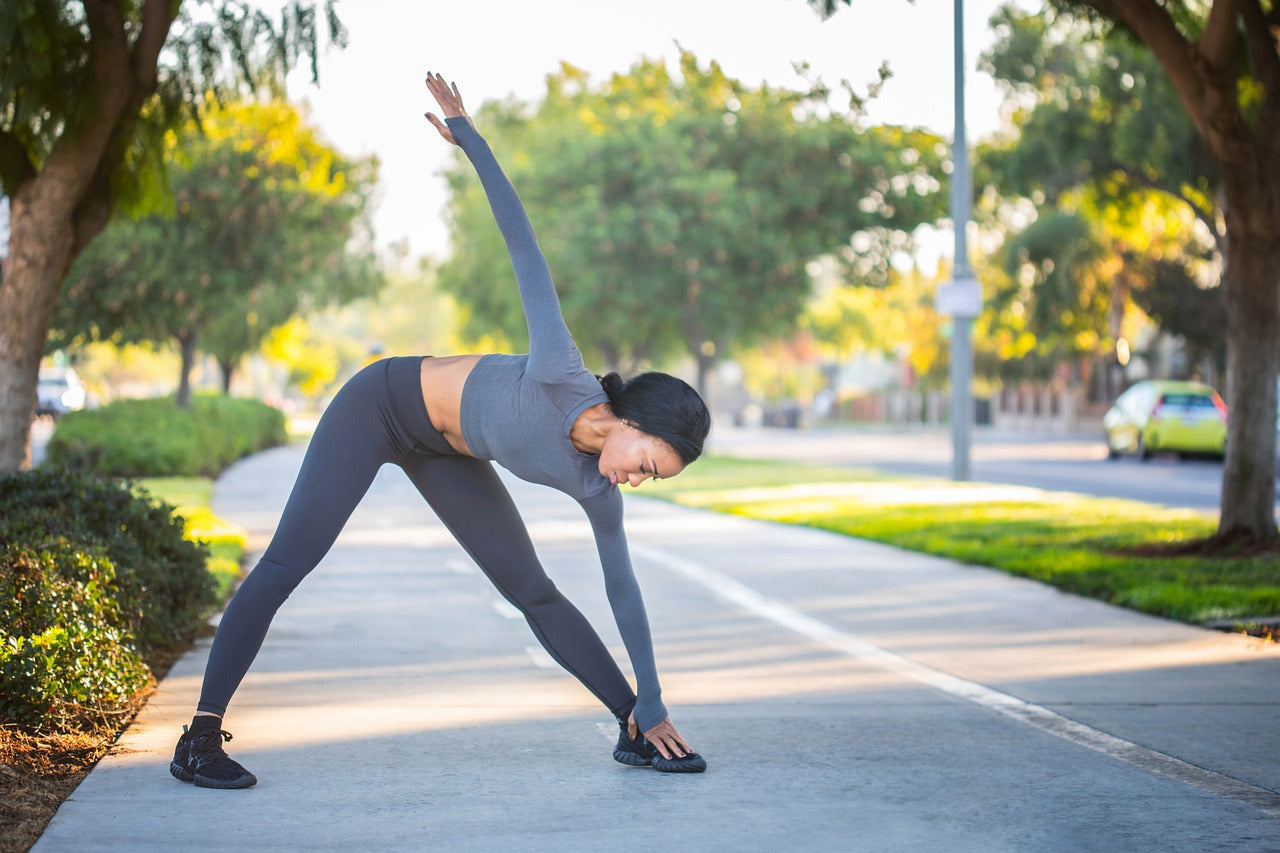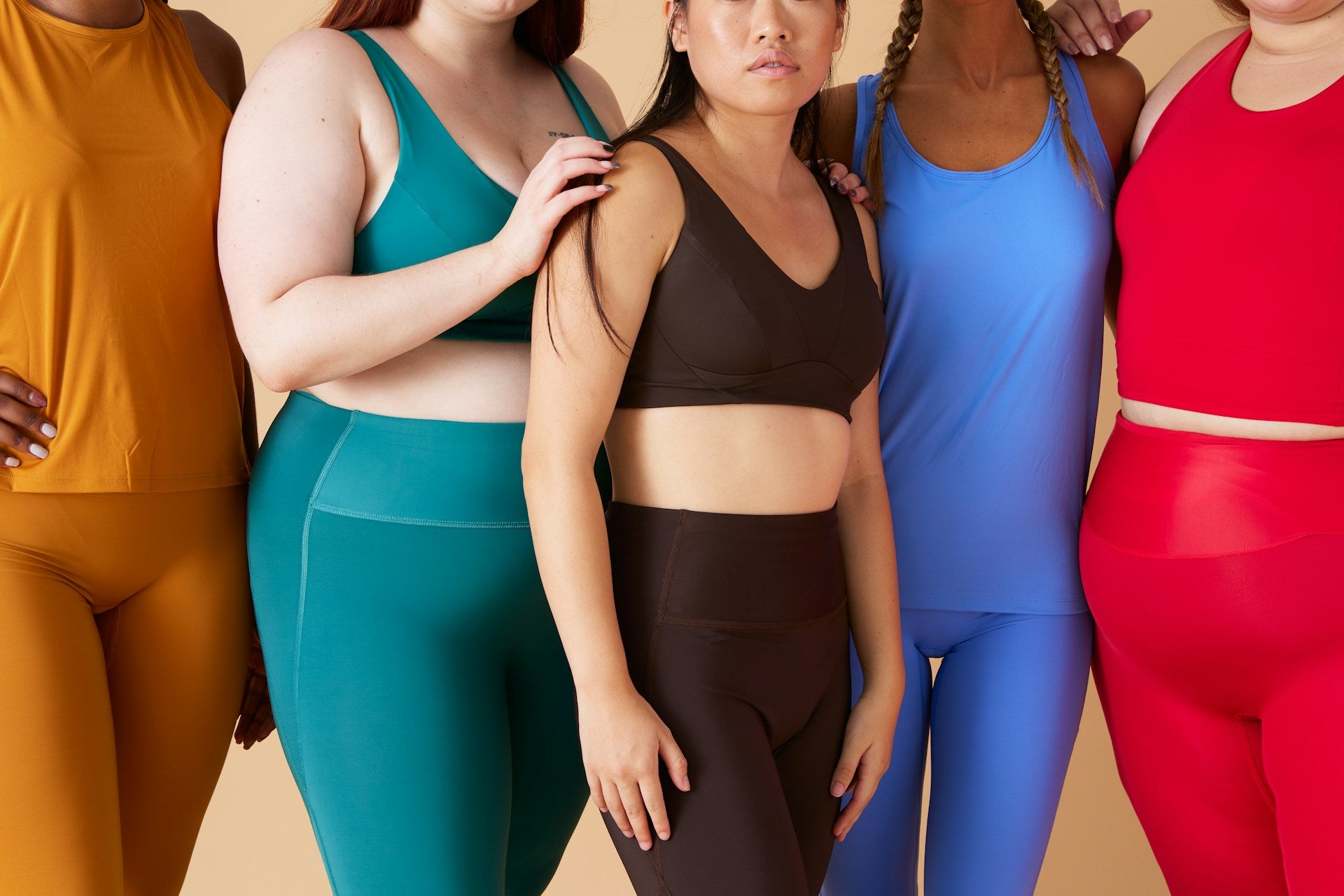Starting a new athleisure brand can be exciting and challenging. The athleisure market is booming, and there's always room for innovative brands to carve out their own space. To succeed, it’s crucial to understand what your target customers want and how to meet their needs effectively.
Understanding Your Target Market and Niche
To grow a successful athleisure brand, you first need to understand your target market and niche. Knowing who your customers are and what they need helps you create products that they will love and buy repeatedly.
1. Identify Your Audience: Start by researching who is most likely to buy your products. Look at factors like age, gender, income, and lifestyle. For example, athleisure items like the Elite Sports Bra and Biker Shorts might appeal to young, active women who go to the gym regularly.
2. Study Market Trends: Keep an eye on current trends in the athleisure market. Know what’s popular and what’s not. Are people looking for high-performance items like Era Leggings, or are comfy items like the Swag Hoodie more in demand? Understanding trends helps you stay ahead of the curve.
3. Find Your Niche: Standing out in a crowded market is easier when you have a clear niche. Maybe you focus on high-quality, customizable options like the Ladies Elite 1/4 Zip and Performance Polo. Knowing your niche helps you appeal strongly to a particular group of customers.
4. Customer Feedback: Listen to what your customers are saying. Reviews and feedback can provide useful insights into what they love and what they don’t. Are they raving about the comfort of the Long Sleeve Hooded Top? Use that feedback to refine your product offerings.
By thoroughly understanding your target market and niche, you can create products that meet your customers’ needs and stand out in the crowded athleisure market.
Building a Strong Brand Identity
A strong brand identity makes your athleisure line memorable and builds customer loyalty. It involves more than just a logo and colors; it’s about creating a brand that people relate to and trust.
1. Develop a Brand Story: Your brand story should reflect your mission and values. Why did you start your athleisure line? What makes it different? Sharing this story helps customers connect with your brand on a personal level.
2. Consistent Branding Elements: Use the same logo, colors, and fonts across all your products and marketing materials. Consistency in branding builds recognition. For instance, the Power Tee and Crop Hoodie should have consistent branding elements to make them easily identifiable as part of your brand.
3. Brand Messaging: Your messaging should align with your brand’s values and speak to your target audience. If your brand focuses on high-quality, customizable athletic wear, make sure your messaging reflects that. Phrases like "Designed for Performance" or "Custom Fit for You" reinforce your brand’s identity.
4. Customer Experience: Ensure that every interaction with your brand, from browsing your website to receiving the product, reflects your brand identity. High-quality packaging, user-friendly website design, and excellent customer service all contribute to this.
5. Visual Identity: High-quality images and videos showcasing your products play a big role in building brand identity. Use professional photos of your products like the Elite Zip Up and Ladies Jogger in action. Show real people wearing your clothes in realistic settings to create a relatable image.
A strong brand identity not only helps you stand out but also creates loyal customers who feel connected to your brand and are likely to return for future purchases.
Leveraging Social Media and Influencer Marketing
Social media is a powerful tool for growing your athleisure brand. Using platforms like Instagram, Facebook, and TikTok, you can connect with your audience on a personal level and showcase your products effectively.
1. Create Engaging Content: Post high-quality photos and videos of your products like the Elite Zip Up and the Ladies Jogger. Make sure your content is visually appealing and shows your products in use. Show people wearing your gear while working out, running errands, or just relaxing.
2. Consistency is Key: Post regularly to keep your audience engaged. Develop a content calendar to plan out your posts. Consistent posting helps you stay on your audience's mind and builds a loyal following.
3. Engage with Your Audience: Respond to comments and messages. Engage with your followers by asking questions or running polls. The more you interact, the more connected your audience will feel to your brand.
4. Influencer Collaborations: Partner with fitness influencers to reach a wider audience. Influencers can showcase your products in real-life scenarios. For example, an influencer can wear the Power Tee during a workout or show how comfortable the Swag Hoodie is for lounging at home.
5. User-Generated Content: Encourage your customers to post photos of themselves wearing your products and tag your brand. Share these posts on your page. This builds a community around your brand and provides social proof of your products' quality.
Using social media and influencers effectively can significantly boost your brand’s visibility and engagement, making it easier to reach and attract new customers.
Creating High-Quality, Customizable Products
Offering high-quality, customizable products sets your athleisure brand apart from the competition. Quality and personal touches make customers feel valued and increase the likelihood of repeat purchases.
1. Quality Materials: Use top-notch materials for your products. Items like the Elite Leggings and Biker Shorts should offer comfort, durability, and performance. Customers notice and appreciate when clothes feel good and last long.
2. Attention to Detail: Pay attention to the small details that enhance the customer experience. Features like moisture-wicking fabric, flatlock seams to prevent chafing, and pockets in the Ladies Jogger add value and functionality to your products.
3. Customization Options: Allow customers to personalize their items. Offering options like different colors, monograms, or special fits makes your products special. Customizable features can make items like the Performance Polo or Crop Hoodie stand out.
4. Feedback and Innovation: Listen to customer feedback on your products. If customers love the fit of the Era Leggings, consider incorporating similar fits into new products. Continuously improve based on what your customers want.
5. Eco-Friendly Choices: Consider using sustainable materials and practices. An eco-friendly approach attracts conscious consumers and differentiates your brand. Sustainable choices can be a key selling point for products like the GO Jogger.
High-quality, customizable products build customer loyalty and give your brand a unique edge in the athleisure market. Customers are more likely to return and recommend your brand when they are satisfied with the quality and personal touch.
Conclusion
Launching and growing a new athleisure brand involves understanding your target market, building a strong brand identity, leveraging social media, and offering high-quality, customizable products. Each of these strategies plays a crucial role in setting your brand up for success.
Knowing your customer base helps you create products that meet their needs and preferences. A strong brand identity makes your products memorable and fosters loyalty. Social media and influencer collaborations increase your brand's visibility and engagement. Finally, high-quality and customizable products ensure your customers keep coming back for more.
Growing an athleisure brand is a journey that requires careful planning and constant innovation. By focusing on these key strategies, you can build a brand that stands out and satisfies your customers.
Ready to take your athleisure brand to the next level? Explore our customizable options at Go Leisure and start creating athleisure outfits that your customers will love and remember! Visit our website today to learn more.



